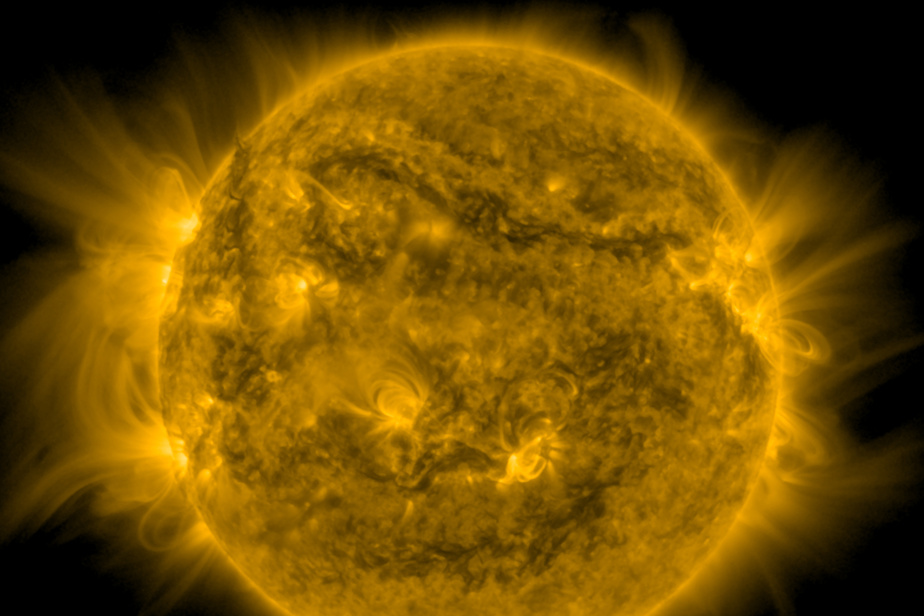The northern lights could once again grace the skies of Quebec. New solar storms could cause them to appear at fairly low latitudes this Tuesday evening and into next Thursday.
According to Space Weather Canada, a major geomagnetic storm watch is in effect until Wednesday morning.
Solar material ejections were reportedly observed a few days ago. This ejected material is partly directed towards Earth and should hit it by July 31. This would disrupt geomagnetic conditions in the auroral zone where part of Quebec is located.
The subauroral zone extending into the northern United States is also expected to be affected by disturbances in geomagnetic conditions.
In May, the planet experienced the most powerful geomagnetic storms recorded in 20 years. They caused northern lights to light up the night sky in the United States and Europe in particular, at much lower latitudes than usual.
Solar storms can be accompanied by coronal mass ejections (CMEs), a plasma stream of charged particles that takes up to a few days to reach Earth. Their interaction with the Earth’s magnetic field produces the aurora borealis, which looks like gigantic, undulating, colorful curtains of light.
According to the US agency NOAA, four CMEs are currently heading towards Earth, the National Oceanic and Atmospheric Administration (NOAA) announced on Monday evening, and should arrive there between Tuesday and Thursday.
The strongest activity is expected on Tuesday with a category 3 geomagnetic storm, or “high”, while those in May reached the highest level of category 5.
According to NOAA, the northern lights could be seen across Canada and parts of the northernmost U.S. states.

PHOTO TIFFANY GRAHAM, THE NEW YORK TIMES ARCHIVES
CMEs not only cause northern lights, they can also damage power and telecommunications networks on Earth.
“With a bit of luck,” they could also be visible in northern Europe, in England, northern Germany, the Netherlands and Belgium, according to the SpaceWeatherLive website.
CMEs not only cause northern lights, they can also damage power and telecommunications networks on Earth.
Solar activity is about to reach its peak in an eleven-year cycle. Called the “solar maximum,” it is expected between late 2024 and 2026.
When charged particles from the solar wind encounter the Earth’s magnetic field, they are accelerated toward the magnetic poles. This explains why they are commonly observed at high latitudes.
But if the CMEs are more powerful, these auroras descend further south towards the equator.
The most powerful geomagnetic storm on record, called the Carrington event, occurred in September 1859. It caused electrical surges in telegraph lines sufficient to ignite equipment.
